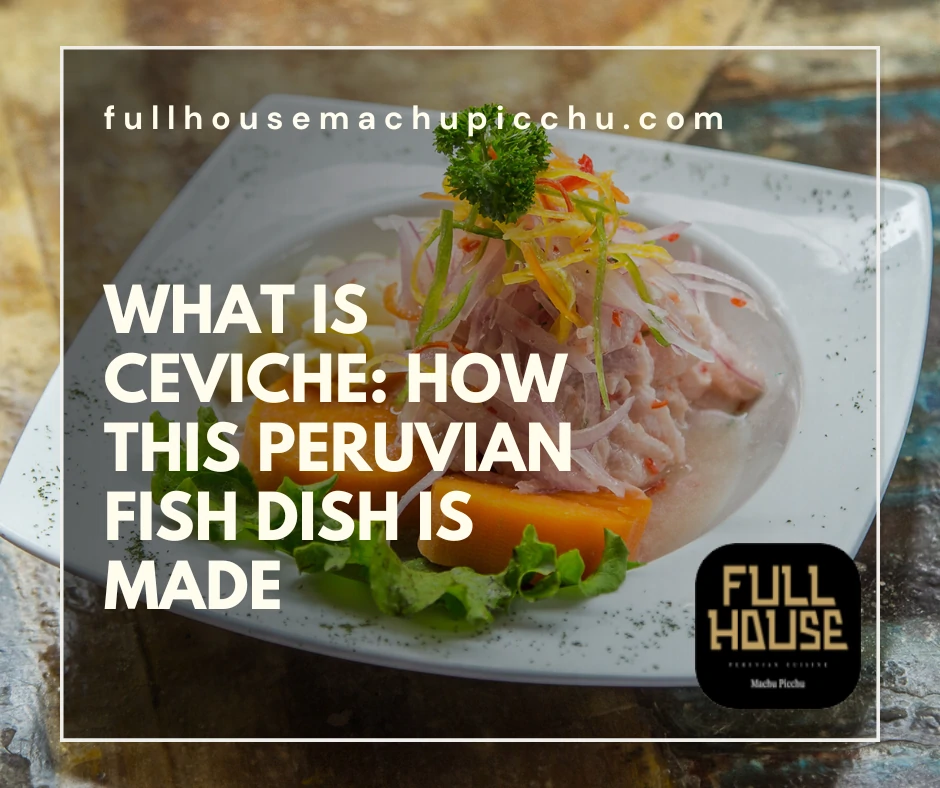In the vibrant and diverse culinary landscape of South America, Peruvian cuisine shines with its unique blends of flavors, traditional cooking methods, and an abundant variety of local ingredients. Among its rich repertoire, there is one fiery delicacy that is not just a dish, but a symphony of flavors and cultural history: Rocoto Relleno. This intriguing specialty, famous in the southern city of Arequipa, skillfully intertwines heat, sweetness, and depth into a gastronomic experience that is nothing short of extraordinary.
Uncovering the secrets of Rocoto Relleno isn’t just about enjoying a delicious meal, it’s about embarking on a culinary adventure that tantalizes the senses and tells a story of Peru’s rich heritage. Whether you’re a seasoned food explorer or a novice spice enthusiast, Rocoto Relleno is one Peruvian delight you absolutely need to try. So, brace your taste buds and join us as we delve into the vibrant world of this spicy Peruvian treasure.
Rocoto Relleno: The flaming heart of Peruvian cuisine
Rocoto Relleno is a captivating fusion of Peruvian culinary heritage. It is the spicy heart of Peruvian cuisine, pulsating with vigor. This delightful dish showcases the fiery rocoto pepper, a staple in Peruvian kitchens.
This robust, cherry-like pepper can deceive with its sweet appearance. Yet, it is bursting with heat, ten times spicier than a jalapeño. It forms the centerpiece of the Rocoto Relleno dish, and its allure is irresistible.
The preparation of Rocoto Relleno is a meticulous process. The rocoto peppers are hollowed out, their inner heat subdued but not extinguished. Each pepper is then packed with a succulent stuffing of minced beef, onions, garlic, and traditional Peruvian spices. A topping of melted cheese caps off this ensemble.
The result is a dish of harmonious contrasts. The sweetness of the cheese balances the fiery rocoto. The hearty filling complements the peppery container. It’s a testament to Peruvian culinary genius.
Rocoto Relleno is typically accompanied by pastel de papa, a creamy potato cake. The dish pairs well with Peruvian drinks, too. Traditional chicha morada, a sweet, purple corn drink, offers a refreshing counterpoint to the heat.
In the Peruvian dining scene, Rocoto Relleno isn’t just a dish. It is a celebration of indigenous ingredients and ancestral cooking techniques. It stands as a symbol of Peru’s flavorful culinary identity, a bold testament to the nation’s love for food.
With every bite, Rocoto Relleno promises an intense, memorable culinary journey. This flaming heart of Peruvian cuisine is ready to ignite your taste buds with its vibrant, spicy soul.

From farm to table: Unraveling the complex journey of This dish
The journey of Rocoto Relleno, a classic representative of spicy Peruvian food, begins on the farms of the Andes. Here, the rocoto peppers are tenderly nurtured. Their growth is a delicate dance, requiring patience and care.
After maturing for months, the peppers are ready for harvest. Each rocoto is picked carefully, destined for greatness in Peruvian kitchens. Their bright red skins hide a flame within, ready to ignite in a culinary masterpiece.
Rocoto Relleno’s preparation begins with de-seeding and boiling the peppers. This process tempers the rocoto’s fiery nature without dulling its taste. The hollowed-out peppers, still retaining some heat, are now ready for stuffing.
In parallel, the filling takes shape. Ground beef is browned, onions and garlic are sautéed, and spices are added. This robust filling mirrors the hearty ingredients found in dishes like lomo saltado. The rocotos are then generously filled with this fragrant mixture.
Cheese is layered on top, adding a creamy contrast. Once baked, the cheese melts into the meat, enhancing the flavors. Each component of Rocoto Relleno complements the other, creating a harmonious dish.
Accompaniments are also prepared. A traditional side dish, pastel de papa, is cooked with the same care. Together, they present a well-rounded meal, representing Peruvian culinary tradition.
Finally, the dish is served. It’s a sight to behold – vibrant, inviting, and a testament to the journey it has taken from farm to table. Each bite is a celebration of this journey, offering a taste of Peru’s rich, flavorful heritage. Through Rocoto Relleno, the true essence of Peruvian cuisine unfolds, tantalizing the senses, and leaving an indelible mark on the world of gastronomy.

Creative Twists and Serving Suggestions for Rocoto Relleno
Rocoto Relleno is a timeless classic, but there’s room for innovation. Chefs and home cooks alike experiment with this dish, birthing Peruvian fusion cuisine. They reimagine the traditional Rocoto Relleno with creative twists.
While minced beef is the typical filling, variations abound. Some replace beef with shredded chicken or pork. Others opt for a vegetarian version, using quinoa or mushrooms. These alternatives cater to different dietary preferences.
Cheese, too, isn’t immune to experimentation. Classic recipes call for fresh white cheese. However, modern interpretations use mozzarella, cheddar, or even blue cheese. Each type lends a unique flavor profile to the dish.
Spices offer another realm for creativity. Some cooks add a dash of turmeric or cumin for a twist. Others incorporate aji amarillo, a Peruvian yellow pepper, for extra heat. These variations celebrate the diversity of Peru’s culinary regions.
Rocoto Relleno isn’t just limited to main course status. Miniature versions make enticing appetizers at parties. They’re bite-sized delights, packing all the punch of the original in a smaller package.
Pairing Rocoto Relleno with suitable sides enhances its charm. While pastel de papa is traditional, other pairings include rice, boiled potatoes, or fresh salads. These provide a balance to the spiciness of the rocoto.
Lastly, drink pairings contribute to the overall experience. Chicha morada is a popular choice. Yet, pairing Rocoto Relleno with Peruvian craft beers or Pisco Sour can elevate the dish.
From its ingredients to its presentation, Rocoto Relleno is a testament to the versatility of Peruvian cuisine. Every variation honors its roots, while reflecting the evolving tastes of the modern diner. After all, in the world of food, change is the only constant.




